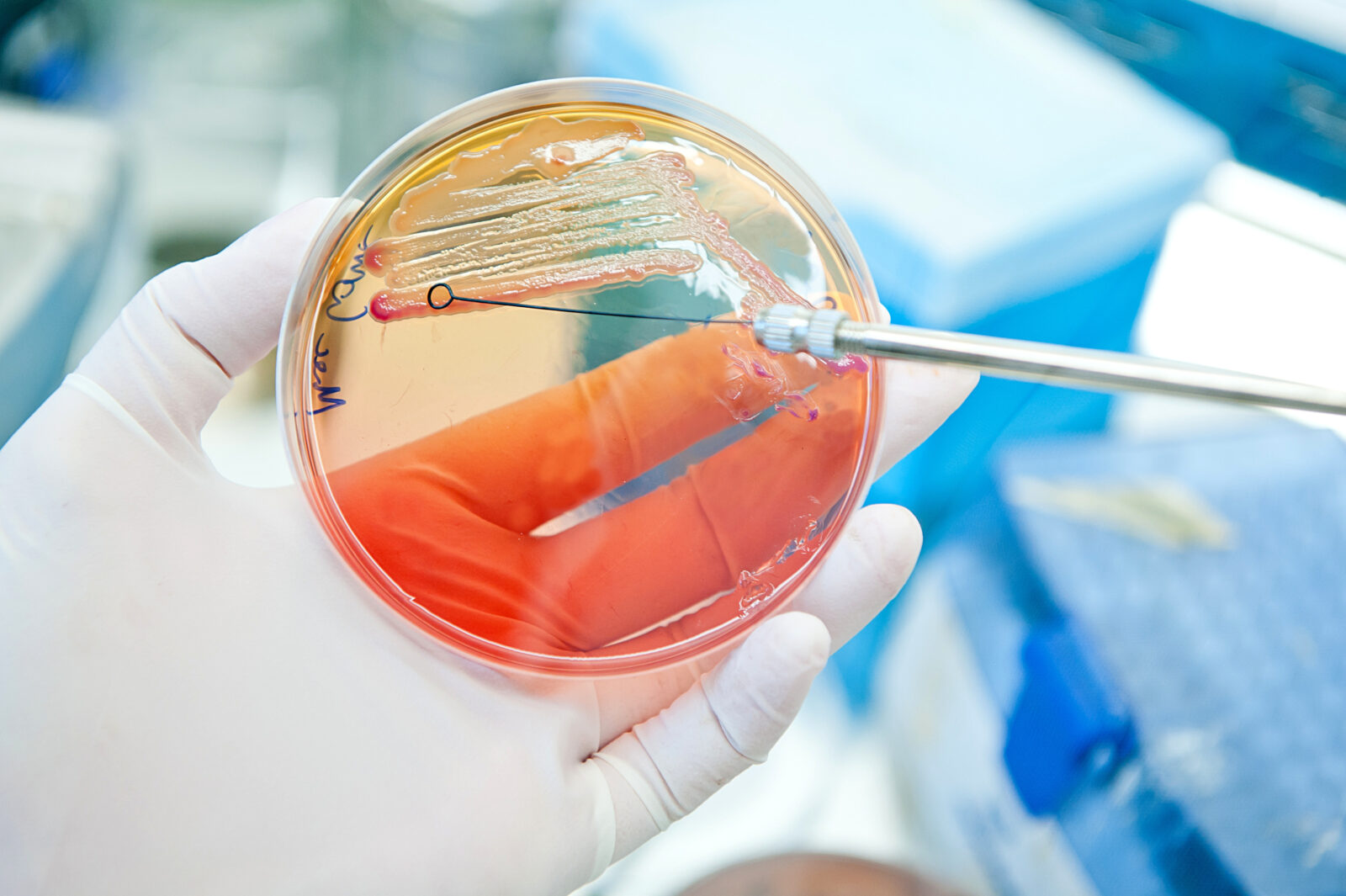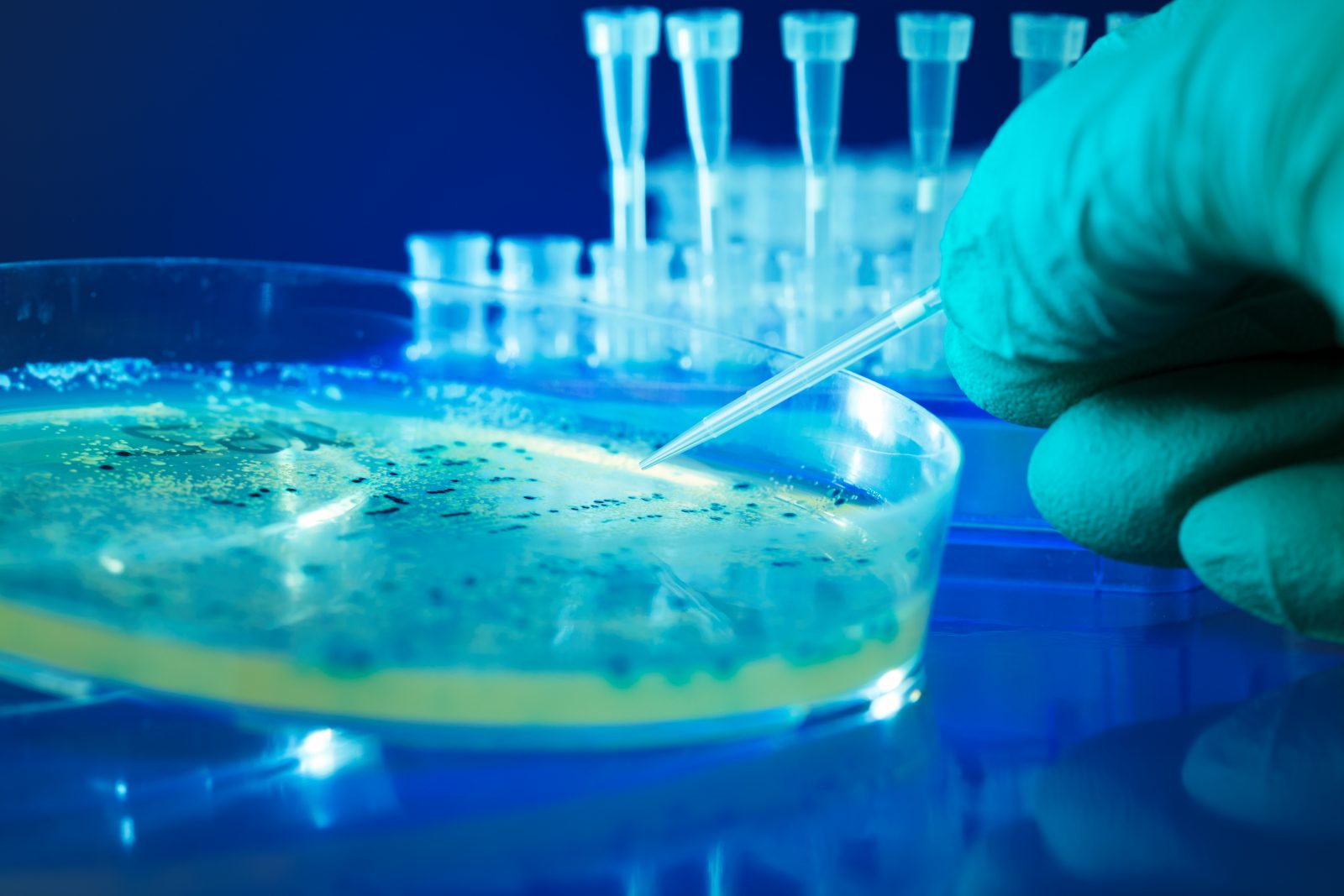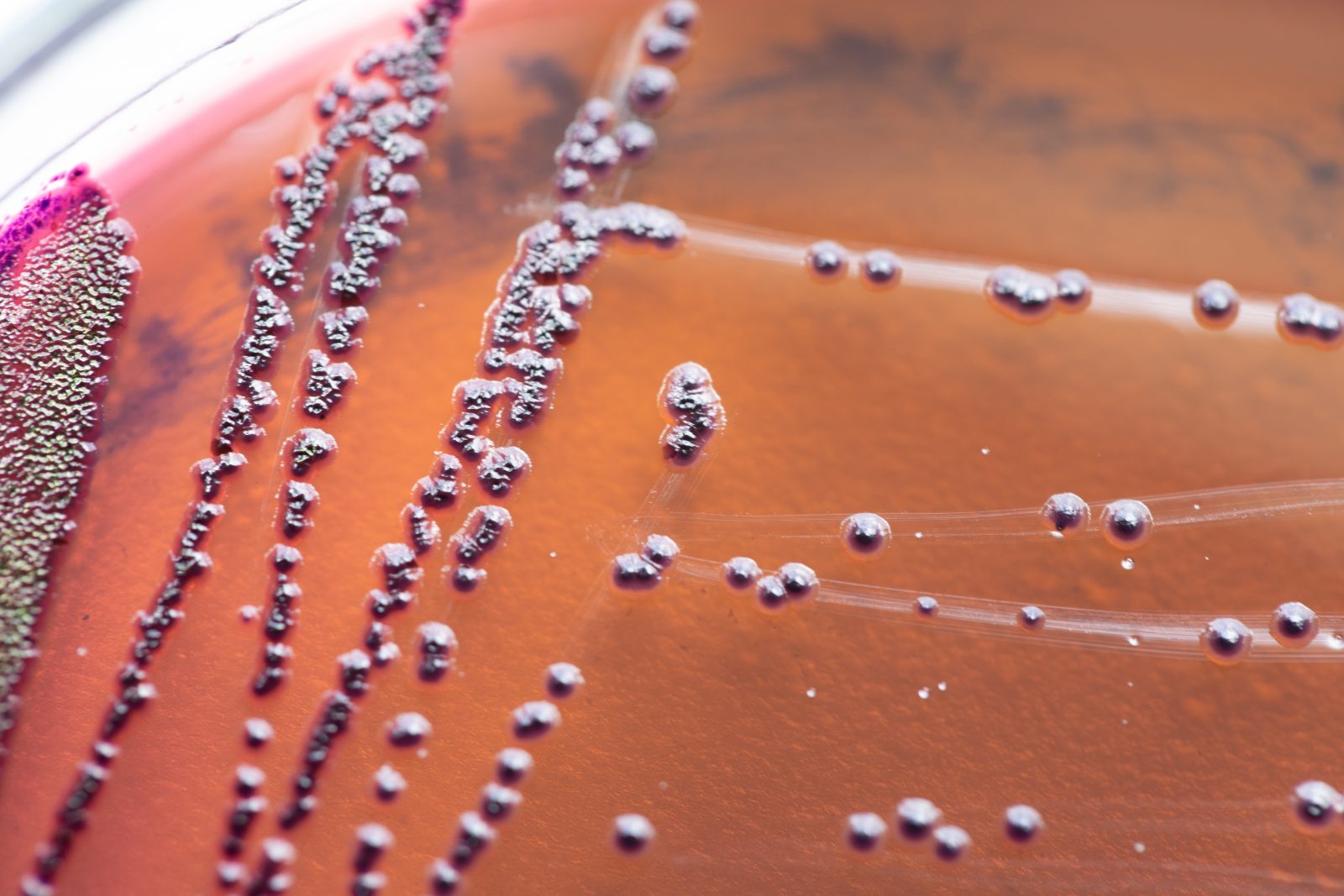


ID Pioneer Michael Behe Tangles with Two Philosophers, Pt. 2
In today’s ID the Future, intelligent design pioneer Michael Behe continues his conversation with philosophers Pat Flynn and Jim Madden. Here in Part 2 of a three-part series, Behe offers an illustration from language and Madden presses him, noting that meaning detection in language is not parts to whole. A lively exchange ensues and then Behe turns the discussion back to his primary focus, detecting design in molecular biological machines by recognizing the purposeful arrangement of parts. From there the conversation turns to everything from epigenetics, systems biology, and autopoiesis to co-option, mousetraps, tie clips, biologist Kenneth Miller, and the philosophers Aristotle and Thomas Aquinas. For Behe’s newest book, A Mousetrap for Darwin, go here. This discussion is presented here with permission of philosopher and podcaster Pat Flynn.

Dustin Van Hofwegen on Engineering and Evolution in Lilliput
On today’s ID the Future we go behind the scenes at the recent Conference on Engineering in Living Systems, where host Jonathan Witt sat down with Dustin Van Hofwegen, a biology professor at Azusa Pacific University in California. The two discuss the private conference, which brought together biologists and engineers to study how engineering principles and a design perspective can and are being applied to biology — to plants and animals but also to Van Hofwegen’s area of focus, the Lilliputian realm of microbial biology. The two quickly move into a conversation about Van Hofwegen’s article in the Journal of Bacteriology, co-authored with Carolyn Hovde and Scott Minnich, based on research they did at the University of Idaho. As Van Hofwegen explains, the research focused on one of the most ballyhooed evolutionary changes to come out of Richard Lenski’s long-term evolution experiment at Michigan State University, a decades-long study of many thousands of generations of E. coli bacteria. Perhaps the biggest evolutionary development in the course of the experiment involved some bacteria beginning to feed in citric acid. Interesting, to be sure, but as Van Hofwegen explains, E. coli already has this capacity; it’s just a matter of switching it on. Van Hofwegen, Hovde, and Minnich demonstrated this through do-or-die experiments with E. coli, which led to the bacteria developing the capacity not in years or decades, as in the Lenski experiment, but in fourteen days, in as little as 100 generations. Van Hofwegen unpacks why this is an embarrassing result for Neo-Darwinism, then he and Witt discuss another study, this one focused on antibiotic resistance but with a similar result: the findings suggested that the antibiotic resistance observed came not by evolving anything new but by tweaking something already present — in this case, by actually breaking something.

Origin of Life’s Purple Unicorn: Protocells
On today’s ID the Future, host Eric Anderson sits down with Rob Stadler, co-author with Change Tan of The Stairway To Life: An Origin-Of-Life Reality Check. The topic of discussion–protocells. Stadler notes that the simplest existing single-celled organisms are far too sophisticated to have emerged through a blind process of prebiotic evolution. He further notes that this is widely acknowledged in the origin-of-life community, but those committed to a purely materialistic origin of the first life have a fallback explanation–protocells. That is, early biological structures far simpler than anything we find today. An intriguing hypothesis, but the problems with it, according to Stadler, are legion. Tune in as Stadler and Anderson walk through several lines of evidence that appear to break against the much sought-after but ever-elusive protocell.

Casey Luskin Returns, Teases a New Book, Celebrates ID 3.0
On today’s ID the Future, Rob Crowther continues his conversation with Casey Luskin, the intelligent design proponent who previously worked for Discovery Institute’s Center for Science and Culture and has now returned. As Luskin explains, he left to pursue a PhD in geology at the University of Johannesburg in South Africa. The two discuss the wild conspiracy theories circulated by opponents of intelligent design when Luskin stepped away from Discovery Institute five years ago. Luskin also tells about an upcoming book he’s been working on with William Dembski, another intelligent design proponent who stepped away from day-to-day ID work and is now putting a foot back in the ID waters. Also on tap in today’s conversation, Luskin and Dembski’s upcoming appearance at the 2021 Dallas Conference on Science and Faith, and advances in the ID 3.0 research initiative, including some recent peer-reviewed papers.

A Mousetrap for Darwin, and Another for Richard Lenski
Today’s ID the Future extends the discussion of A Mousetrap for Darwin: Michael Behe Answers His Critics, the newest book from Discovery Institute Press. Here the focus is on Parts 4 and 7 of the new book, and in particular Richard Lenski’s Long Term Evolution Experiment at Michigan State. What has this long-running project demonstrated? As Behe explains in the book (and elaborates on in today’s podcast), “The study has addressed some narrow points of peculiar interest to evolutionary population geneticists, but for proponents of intelligent design the bottom line is that the great majority of even beneficial mutations have turned out to be due to the breaking, degrading, or minor tweaking of pre-existing genes or regulatory regions. There have been no mutations or series of mutations identified that appear to be on their way to constructing elegant new molecular machinery of the kind that fills every cell.” Listen in as Behe fills in the details with host Eric Anderson. And to dive still deeper, pick up A Mousetrap for Darwin here.

Michael Behe on E. Coli and a Citrate Death Spiral
On this episode of ID the Future, biochemist Michael Behe reviews the Long Term Evolution Experiment at Michigan State, where Richard Lenski’s team was initially excited to see what they thought was a new species forming in their flasks of E. coli. As Behe has written at Evolution News, one flask of E. coli in Lenski’s experiment evolved the ability to metabolize (“eat”) citrate in the presence of oxygen. But along with it came multiple mutations breaking genes, degrading genetic information, and ultimately increasing the bacteria’s death rates. It all goes to support Behe’s thesis in Darwin Devolves: evolution is good at creating niche advantages by breaking things; it isn’t good at building fundamentally novel form, the very thing the grand narrative of modern evolutionary theory purports to do.

Michael Behe on the Darwinist Math Mirage
On this episode of ID the Future, Andrew McDiarmid continues his series with Michael Behe about Behe’s new book Darwin Devolves: The New Science about DNA That Challenges Evolution. Here Behe explains the “Revenge of the Principle of Comparative Difficulty,” According to this principle, evolution it is much easier for evolution to create a new adaptive niche by damaging one or more genes than even the simplest new genes and irreducibly complex structures. Along the way, Behe also explores how biology got enamored of mathematical theory built on “hopeful ignorance” regarding the nature of genes.
Behe Responds to the Journal Science, Pt. 2: Darwin Devolves on Trial
On this episode of ID the Future, Andrew McDiarmid continues his conversation with biochemist Michael Behe, author of the newly released Darwin Devolves: The New Science About DNA That Challenges Evolution. Here Behe further presses the case that the review bypasses his book’s main point and that the reviewers appear to have misunderstood the plain language of one of his arguments in a previous book. Also, the reviewers claim that Behe hasn’t answered his critics’ objections on key points, a charge Behe shows is demonstrably false. Despite the negative review, Behe says he remains optimistic. Listen in to learn why. Please consider donating to support the IDTF Podcast.
The Journal Science Reviews Darwin Devolves. Behe Responds.
On this episode of ID the Future, Andrew McDiarmid interviews biochemist Michael Behe, author of the forthcoming Darwin Devolves: The New Science About DNA That Challenges Evolution (order here) to get his response to a review of the book that appeared in the prestigious journal Science. Behe says the review largely ignores the central point of his book; the reviewers fail to distinguish between claims that evolution built something, and explanations for how it could have built it; and they miss something crucial about lab experiments that engineer examples of evolution. Please consider donating to support the IDTF Podcast.